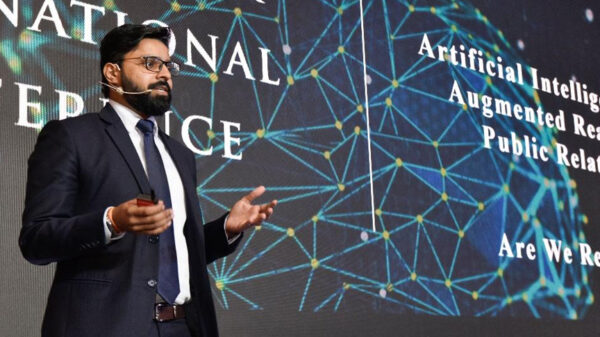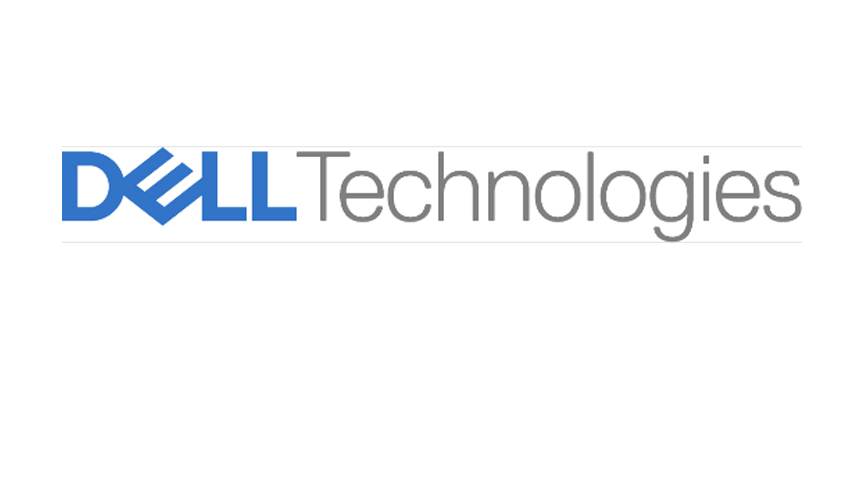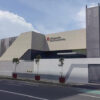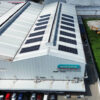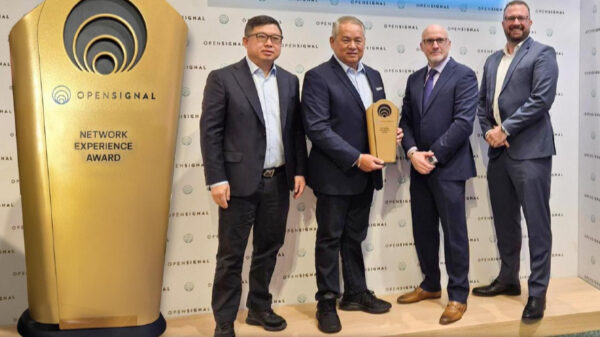Dell Technologies announced the latest enhancements to Dell PowerMax, its modern high-density storage for mission-critical workloads. The PowerMaxOS 10.1 release advances Dell’s software-driven innovation just six short months after its most recent Dell PowerMax version. The updated software makes it easier for organizations to improve storage efficiency and strengthen cybersecurity while providing the flexibility to seamlessly scale capacity and performance to keep pace with new business demands.
“With cyber threats becoming increasingly sophisticated, our customers in the region are looking for software solutions with the highest levels of cybersecurity,” said Danny Elmarji, vice president of presales, Dell Technologies, Asia Pacific and Japan. “The PowerMax 10.1 release will significantly bolster cyber resilience while delivering improvements in performance, storage density, and data reduction.”
Delivering Breakthrough Storage Efficiency
Organizations continue to focus on reducing their carbon footprint, improving energy efficiency to cut operating costs, and lowering the overall environmental impact of their storage infrastructure. This release helps customers build a more energy-efficient, sustainable data center by:
- Delivering real-time power, environmental monitoring, and alerting based on usage. The power consumption for all components in a rack is monitored for voltage, current, and frequency, as is the temperature and humidity of the rack, enabling organizations to make highly informed decisions to optimize energy usage.
- Introducing dynamic data mobility, enabling relocation of workloadsto different arrays, and maximizing resources.
- Improving data deduplication and compression technology with a new 5:1 data reduction guarantee for open systems.
- Delivering up to 2.8 times more performance per watt, which can provide up to $207K in electricity cost savings3, and up to an 82% reduction in greenhouse gases.4
Cyber Resiliency Enhancements Accelerate Zero Trust Adoption
Traditional IT infrastructure security models built on “inherent trust” no longer work. Zero Trust (which assumes no inherent trust in users, devices or networks and therefore requires continuous authentication and verification) is now mandatory. Data centers are rapidly adopting a Zero Trust approach and are pivoting to storage that secures critical data and minimizes the risks of cyberattacks.
Dell Technologies is unmatched in providing a combination of cyber intrusion detection, snapshot immutability, and cyber vaults for air-gapped isolation and faster recovery.
The latest version of Dell PowerMax takes cyber resiliency to the next level, reducing organizations’ attack surfaces, detecting potential intrusions, and expediting the ability to recover from an attack. This release adds:
- Transport Layer Security (TLS) version 1.3, the latest and most secure version, offers stronger encryption algorithms to reduce the risk of eavesdropping and data breaches.
- Cyber Intrusion Detection for z Systems (zCID), the industry’s first mainframe storage-based intrusion detection.It monitors z/OS workloads to identify normal variations and build user-customizable rules that issue alerts if an intrusion is detected.
- Advanced anomaly detection of I/O patterns for improved ransomware and malware monitoring, detection, and alerting to identify possible cyberattacks.
- Ignition Key Support, a new data-at-rest capability leveraging external key managers to protect against physical theft of the array.
- Data Sanitizer, which uses a NIST-compliant process that erases all data prior to decommissioning an array.
More Automation to Keep Pace with Innovation
Technology continues to evolve rapidly, and to keep pace, IT administrators must automate provisioning and administrative tasks. Dell PowerMax systems are designed with intelligent automation, advanced AIOps, DevOps, and containers to streamline operations and eliminate redundancy.
New AI-driven autonomous health checks in Dell PowerMax harness the power of predictive analytics to proactively pinpoint potential optimization. By scrutinizing intricate data patterns with an integrated machine-learning engine, the tool identifies opportunities to enhance efficiency and suggests actions to elevate performance while eliminating cumbersome management intervention. AI-driven autonomous health checks harness the power of predictive analytics to proactively pinpoint potential storage optimization.
Dell’s CloudIQ AIOps leverages these new operational, energy, and security enhancements to provide forecasting, notification, recommendations, and (most importantly) corrective actions to Dell PowerMax users regarding predictive capacity, performance, configuration and (of course) security. Together, PowerMaxOS 10.1 plus CloudIQ improve productivity and storage efficiency while reducing risk.
Additionally, automated storage provisioning is accomplished with REST APIs, saving considerable time and effort. And a software-defined NVMe/TCP utility for storage resource automation can reduce the time to set up NVMe/TCP resources by up to 44%6.
Start Benefitting from Smarter, More Efficient, and Secure Enterprise Storage
This announcement of breakthrough efficiency and cyber resiliency improvements once again advances the world’s most secure mission-critical storage helping make it more economical for organizations to securely grow new opportunities.
Dell PowerMax can help organizations stay ahead of the digital transformation game by providing enhanced data reduction, a real-time power consumption dashboard, and industry-leading AI-driven cyber security.




